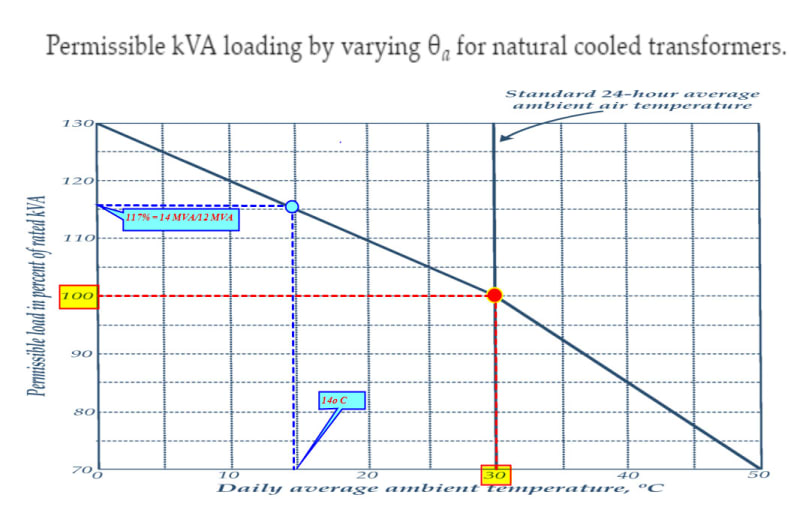AntonioPerez
Industrial
According to IEEE standard and others a derating factor must be applied to consider the effect of worse ambient and site conditions (altitude, ambient temperature) over an oil immersed power transfomer. As I understand, to assure the transformer won't suffer any damage, the transformer protections shall be set for the incomming current to the transformer is limited to avoid a higher power than the derrated power. So the transformer won't never be able to supply the nominal power in case there is a derating factor.
I would appreciate your answers. Thanks in advance.
I would appreciate your answers. Thanks in advance.

